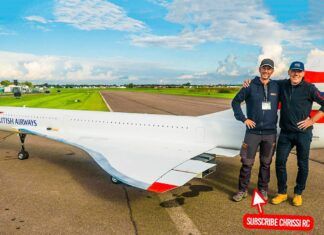 A new system to help guide pilots away from severe storms and turbulence in remote ocean regions is being developed at the National Center for Atmospheric Research (NCAR) in Boulder, Colo., NASA said this week. NASA is funding the development of a prototype that should be ready for testing next year. The system combines satellite data and computer weather models with artificial intelligence techniques to identify and predict rapidly evolving storms and other potential areas of turbulence. “Turbulence is the leading cause of injuries in commercial aviation,” said John Haynes, program manager at NASA headquarters, in Washington. “This new work to detect the likelihood of turbulence associated with oceanic storms using key space-based indicators is of crucial importance to pilots.” Turbulence has been cited widely as a possible factor in the recent loss of Air France 447 in the Atlantic Ocean, but it is not yet clear what role, if any, it played in that accident.
A new system to help guide pilots away from severe storms and turbulence in remote ocean regions is being developed at the National Center for Atmospheric Research (NCAR) in Boulder, Colo., NASA said this week. NASA is funding the development of a prototype that should be ready for testing next year. The system combines satellite data and computer weather models with artificial intelligence techniques to identify and predict rapidly evolving storms and other potential areas of turbulence. “Turbulence is the leading cause of injuries in commercial aviation,” said John Haynes, program manager at NASA headquarters, in Washington. “This new work to detect the likelihood of turbulence associated with oceanic storms using key space-based indicators is of crucial importance to pilots.” Turbulence has been cited widely as a possible factor in the recent loss of Air France 447 in the Atlantic Ocean, but it is not yet clear what role, if any, it played in that accident.
The prototype system will identify areas of turbulence in clear regions of the atmosphere as well as within storms. Pilots on selected transoceanic routes will receive real-time turbulence updates and provide feedback. When the system is finalized, it will provide pilots and ground-based controllers with text-based maps and graphical displays showing regions of likely turbulence and storms, NASA said. “Pilots currently have little weather information as they fly over remote stretches of the ocean, which is where some of the worst turbulence occurs,” said scientist John Williams, one of the project leads at NCAR. “Providing pilots with at least an approximate picture of developing storms could help guide them safely around areas of potentially severe turbulence.” Click here for the full NASA news release, which includes to a link to related graphics.

































